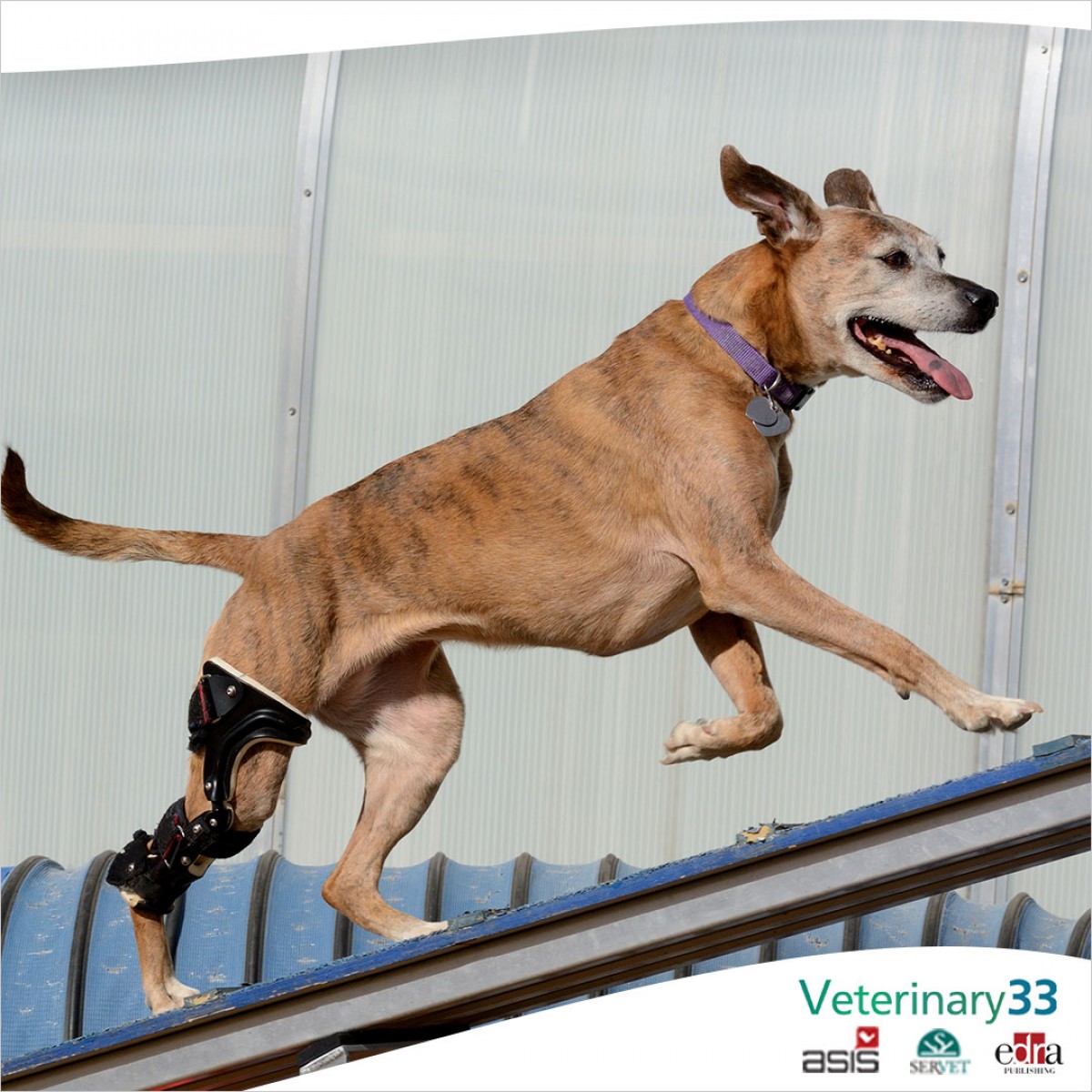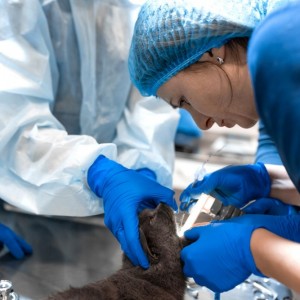Multiligament stifle injury, a multicenter retrospective study in 26 dogs
Objectives: To describe multi-ligament stifle injury in dogs and report complications and long-term outcomes.
Methods: Researchers reviewed medical records of dogs surgically treated for multi-ligament stifle injury from six veterinary hospitals. Long-term follow-up on the dogs was collected from referring veterinarians.
Results: The team enrolled 26 client-owned dogs and had 26 stifles in the study. Road traffic accidents and limb entrapment were the most common causes of injury. Cranial cruciate and lateral collateral ligament rupture was the most common combination of injuries (10 cases). The caudal cruciate ligament was damaged in 12 of 23 cases but was surgically addressed in only two cases. Cranial cruciate ligament rupture was present in all cases and was managed using TPLO (six cases), extracapsular suture (15 cases) and TTA (two cases).
Postoperative immobilization with a transarticular external skeletal fixator was used in four of 26 cases. Intraoperative complications were reported in two of 23 cases, short-term complications in 17 of 25 cases, of which eight were major, and long-term complications in seven of 18, of which two were major.
Patella luxation was seen in one case and is a previously unreported complication. The overall outcome was excellent in nine of 24 cases, good in five of 24 cases, fair in seven of 24 cases and poor in three of 24 cases. Follow-up time ranged from 1.5 months to nine years with a median (IQR) of 9.5 (4.0 to 28.5) months.
Conclusions: Multiligament stifle injury in dogs is associated with a high rate of major complications. The overall outcome was good to excellent in just over half of the dogs.
Mario Coppola et al. "Multiligament stifle injury, a multicenter retrospective study in 26 dogs." Veterinary Medicine and Science. 17 March 2023. https://doi.org/10.1002/vms3.1122














List
Add
Please enter a comment